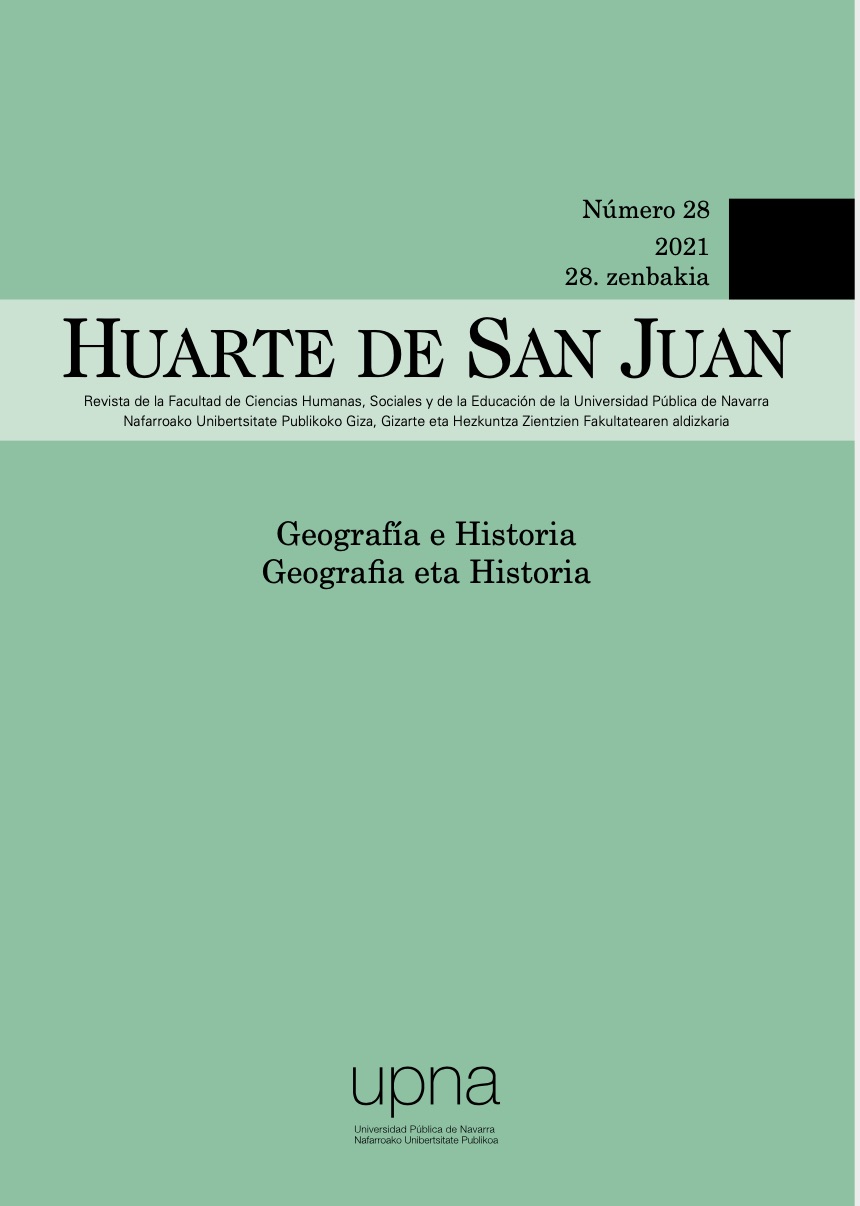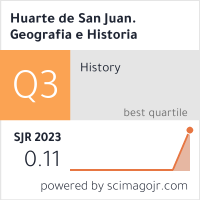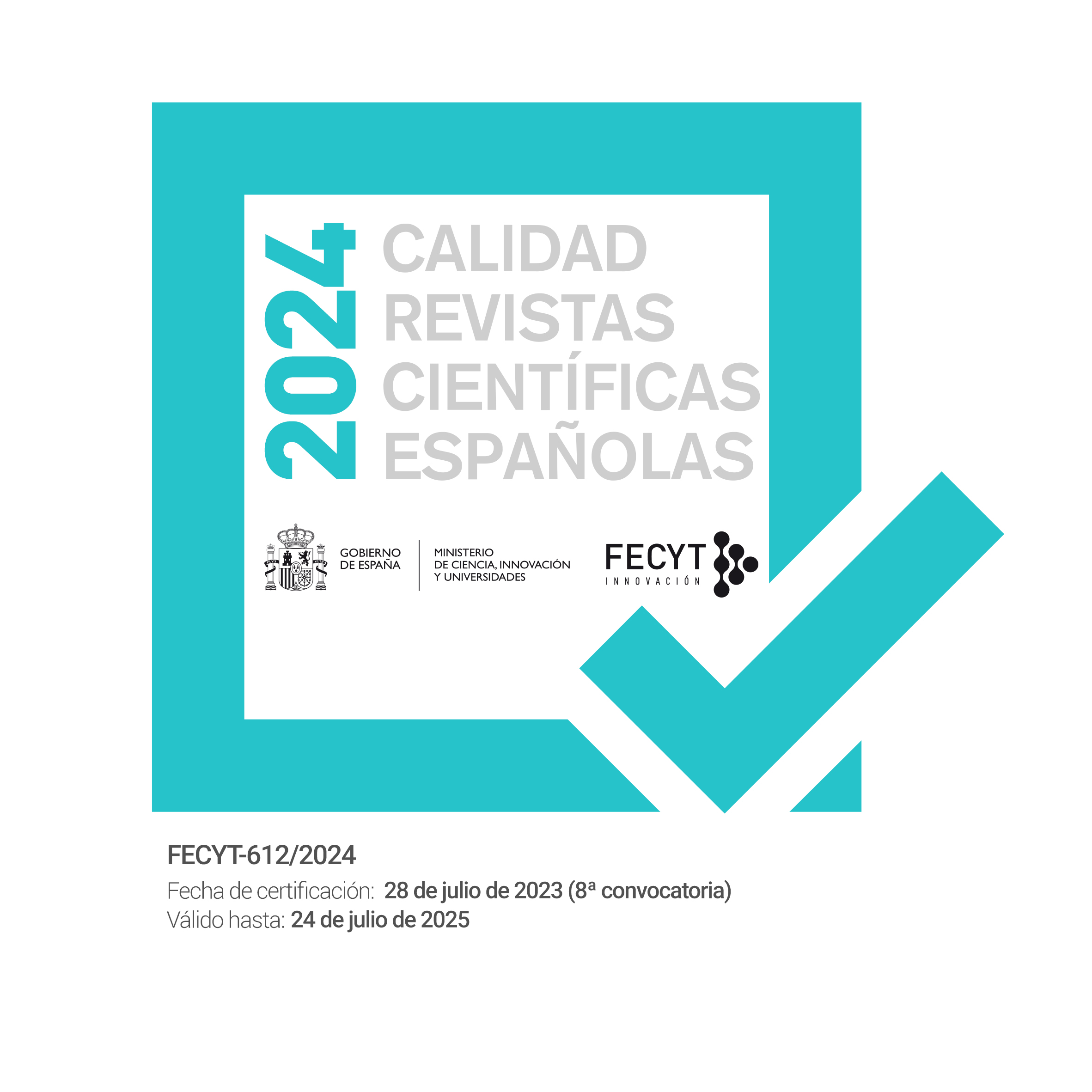Seeing like a scientist: subjunctive forensics and shared ways of seeing in the Spanish forensic archive
DOI :
https://doi.org/10.48035/rhsj-gh.28.7Mots-clés :
vision, photography, forensic science, historical knowledge production, evidenceRésumé
For two decades, Spaniards have turned to forensic science as a mode of unearthing diverse forms of evidence that shed light on the mechanics of fascist repression that emerged during the Spanish Civil War and the dictatorship that followed it. Due to the lasting effects of Spain’s Amnesty Law, which prohibits defining Franco’s victims as victims of crime, these exhumation projects exist at the unruly boundaries of legal procedure. In the absence of courts equipped to manage the evidence exhumed and produced in these endeavors, photographs documenting the forensic process are not sequestered by the law. Instead, they are made to be seen. Drawing on what the author describes as subjunctive forensics, she analyzes the emergence of new bodies of knowledge —or what could be called the forensic archive— in order to understand how visual evidence that straddles the scientific and the political, particularly photography, is produced, circulated and safe-guarded in contemporary Spain. Drawing on ethnographic research and the experience of photographing mass grave exhumations, the author explores how shared forms of seeing are produced, acquired, and shared among the community of practice surrounding historical memory work. By focusing on how professional and skilled visions are constituted, the article argues that it is in the production, circulation, and display of forensic photography that Spaniards visualize an uncomfortable past while also imagining alternative political futures.
Téléchargements
Références
Appadurai, Arjun, The Social Life of Things, Chicago, University of Chicago Press, 1986.
Borges, Jorge Luis, «On Exactitude in Science», translated by Andrew Hurley, in Collected Fictions, 325, New York, Penguin Books, 1999.
Crossland, Zoe, «Evidential Regimes of Forensic Archaeology», Annual Review of Anthropology, 42, 2013, pp. 121-137.
Csordas, Thomas J., «Evidence of and for What», Anthropological Theory, 4, 2004, pp. 473-480. doi: https://doi.org/10.1177/1463499604047922
Daston, Lorraine, and Peter Galison, Objectivity, Cambridge, Zone Books, 2007.
Douglas, Lee, «Mass graves gone missing: Producing knowledge in a world of absence», Culture & History Digital Journal, 3.2, 2014. doi: http://dx.doi.org/10.3989/chdj.2014.022.
Ferrándiz, Francisco, and Alejandro Baer, «Digital Memory: The Visual Recording of Mass Grave Exhumations in Contemporary Spain», Forum: Qualitative Social Research, 9.3, 2008. doi: https://doi.org/10.17169/fqs-9.3.1152.
Geertz, Clifford, Local Knowledge: Further Essays in Interpretative Anthropology, New York, Basic Books, 1985.
Geertz, Clifford, «Local Knowledge and its Limits», The Yale Journal of Criticism, 5.2, 1992, pp. 129-135.
Goodwin, Charles, «Professional Vision», American Anthropologist, 96.3, 1994, pp. 606-633. doi: https://io.1525/aa.1994.96.3.02.a00100.
Grasseni, Cristina, «Skilled Visions: Between Apprenticeship and Standards», in Cristina Grasseni (ed.), Skilled Visions: Between Apprenticeship and Standards, London, Berghahn Books, 2007, pp. 1-19.
Grasseni, Cristina, «Skilled Vision», in H. Callan (ed.), The International Encyclopedia of Anthropology, 2018. doi: https://doi.org/10.1002/9781118924396.wbiea1657.
Holmes, Douglas, and George Marcus, «Cultures of Expertise and the Management of Globalization: Toward the Refunctioning of Ethnography», in Aihwa Ong, and Stephen J. Collier (ed.), Global Assemblages: Technology, Politics, and Ethics as Anthropological Problems, Oxford, Blackwell, 2005, pp. 3-21.
Ingold, Tim, «The Art of Translation in a Continuous World’, in G. Pálsson (ed.), Beyond Boundaries: Understanding, Translation and Anthropological Discourse, London, Berg, 1993, pp. 210-230.
Ingold, Tim, The Perception of the Environment: Essays in Livelihood, Dwelling and Skill, London, Routledge, 2000.
Joyce, Christopher, and Eric Stover, Witnesses from the Grave: The Stories Bones Tell, New York, Ballantine Books, 1991.
Jelin, Elizabeth, State Repression and the Labors of Memory, Minneapolis, University of Minnesota Press, 2003.
Junquera, Natalia, «Una “fosa común” con 29 cadáveres en la Puerta del Sol», El País, 2010, http://elpais.com/diario/2010/09/03/espana/1283464813_850215.html [consulted May 10, 2021].
Keenan, Thomas, and Eyal Weizman, Mengele’s Skull: The Advent of Forensic Aesthetics, Berlin, Sternberg Press, 2012.
Latour and Woolgar, Laboratory Life: The Construction of Scientific Facts, Princeton, Princeton University Press, 1979.
Lave, Jean, and Etienne Wenger, Situated Learning: Legitimate Peripheral Participation, Cambridge, Cambridge University Press, 1991.
Ministerio de la Presidencia, Relaciones con las Cortes y Memoria Democrática (ed.), Memoria Democrática. Fosas y exhumaciones: Las exhumaciones de la Guerra Civil y la dictadura franquista 2000-2019, Madrid, Administración General del Estado, 2020.
Mirzoeff, Nicholas, The Right to Look: A Counter-History of Visuality, Durham, Duke University Press, 2011.
Montero-Gutiérrez, Juan, Paula Alberdi Díez, Sandra Albo Basurto, and Natalia García Redondo, «Aterrados, sacados y (des)enterrados: Una mirada arqueológica a los paisajes del terror caliente de 1936 en Tierras de Castilla», Revista Otarq, 2, 2008, pp. 183-204.
Pinney, Christopher, Camera Indica: The Social Lives of Indian Photographs, Chicago, University of Chicago Press, 1997.
Renshaw, Layla, «The Forensic Gaze: Reconstituting Bodies and Objects as Evidence», in Zuzanna Dziuban (ed.), Mapping the “Forensic Turn”: Engagements with Materialities of Mass Death in Holocaust Studies and Beyond, Vienna, New Academic Press, 2017, pp. 215-236.
Renshaw, Layla, Exhuming Loss: Memory, Materiality, and Mass Graves of the Spanish Civil War. Berkeley, Left Coast Press, 2011.
Resina, Joan Ramón, Disremembering the Dictatorship: The Politics of Memory in the Spanish Transition to Democracy, Amsterdam, Rodopi, 2000.
Rosenblatt, Adam, Digging for the Disappeared: Forensic Science after Atrocity, Redwood City, Stanford University Press, 2015.
Stoler, Ann Laura, Along the Archival Grain: Epistemic Anxieties and Colonial Common Sense, Princeton, Princeton University Press, 2009.
Strassler, Karen, Refracted Visions: Popular Photography and National Modernity in Java, Durham, Duke University Press, 2010.
Taylor, Diana, Disappearing Acts: Spectacles of Gender and Nationalism in Argentina's «Dirty War», Durham, Duke University Press, 1997.
Turrión García, María José, «Documentación generada en las exhumaciones y conservada en el CDMH. Evaluación de la gestión y propuestas», in Ministerio de la Presidencia, Relaciones con las Cortes y Memoria Democrática (ed.), Memoria Democrática. Fosas y exhumaciones: Las exhumaciones de la Guerra Civil y la dictadura franquista 2000-2019, Madrid, Administración General del Estado, 2020, pp. 162-188.
Verdery, Katherine, The Political Lives of Dead Bodies, New York, Columbia University Press, 1999.
Wagner, Sarah, To Know Where He Lies: DNA Technology and the Search for Srebrenica's Missing, Berkeley, University of California Press, 2008.
Wenger, Etienne, Communities of Practice: Learning, Meaning, and Identity, Cambridge, Cambridge University Press, 1998.
Téléchargements
Publiée
Comment citer
Numéro
Rubrique
Licence
© Lee Douglas 2021

Ce travail est disponible sous licence Creative Commons Attribution - Pas d'Utilisation Commerciale - Pas de Modification 4.0 International.
La información referente al sistema de autoarchivo y política de derechos de explotación establecido por esta revista puede consultarse en DULCINEA.









